Resources
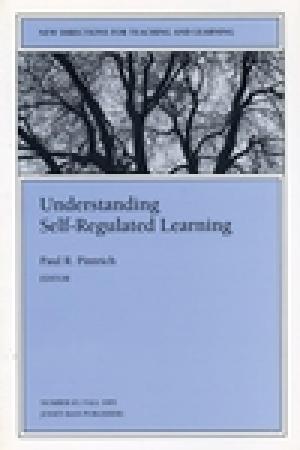
This volume of New Directions for Teaching and Learning is a practical compendium of advice and information on the development, administration, and assessment of interdisciplinary studies programs and schools. A bibliographic orientation to hands-on access, including electronic retrieval of information, precedes chapters reviewing the design of interdisciplinary courses, and how the role of administrators in interdisciplinary programs can further institutitonal goals. The final chapter looks beyond the local campus to national and international support networks. The contributors, who share their extensive experience in the teaching and administration of interdisciplinary studies, provide many examples of good (and bad) praxis. This is the 58th issue of the quarterly journal New Directions for Teaching and Learning. (From the Publisher)
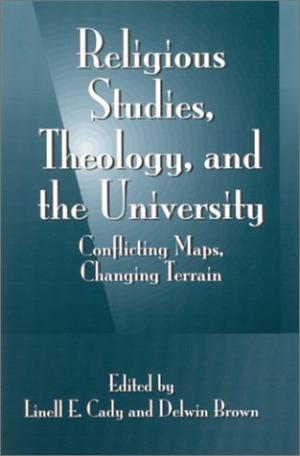
This collection explores the highly contested relationship of religious studies and theology and the place of each, if any, in secular institutions of higher education. The founding narrative of religious studies, with its sharp distinction between teaching religion and teaching about religion, grows less compelling in the face of globalization and the erosion of modernism. These essays take up the challenge of thinking through the identity and borders of religious studies and theology for our time. Reflecting a broad range of positions, the authors explore the religious/secular conceptual landscape that has dominated the modern West, and in the process address the revision of the academic study of religion and theology now underway. (From the Publisher)

Unidentified contributors, but perhaps foreign language teachers, explain how situating oneself outside of a familiar context can lead to self-examination, which is itself the basis of education. Cross-cultural educators and language teachers are the intended audience for this semiotic, intercultural exploration of the idea of self. (From the Publisher)
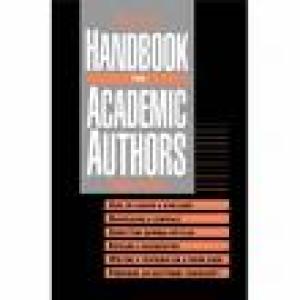
This new edition of a common-sense guide to all aspects of academic publishing contains an entirely new chapter on writing nonfiction for a general audience. It has been revised and updated throughout to reflect the state of new technologies and their meaning to authors. (From the Publisher)
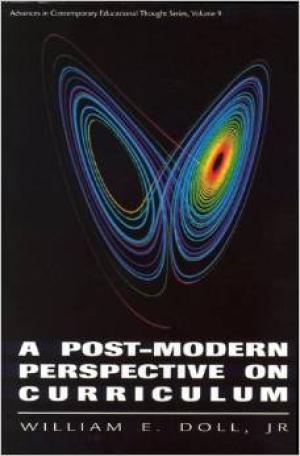
Doll offers a post-modernist, process-oriented vision of teaching and curriculum built from the base of a constructivist and experiential epistemology where we engage ourselves in a conversation with each other in the context of our collective history and seek meaning through alternative interpretations and transformations. In this book he ably demonstrates the power of historical reflection to illuminate our present position on the cusp of change, and he provides a powerful vision of what might be. (From the Publisher)
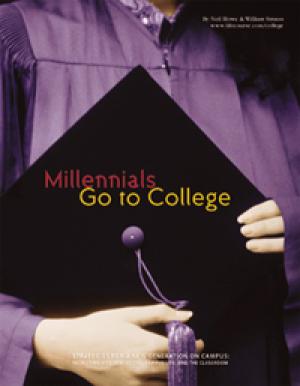
In their fascinating study of this generation, Millennials Go To College, Howe & Strauss examine how these ‘kids' will re-shape our world, and it's an optimistic new world if their prediction holds true. Despite the facts that Millennials have not experienced many of the events that we older folks have, they are a determined bunch and, if they're successful, will re-energize much of our roller-coaster economy. (From the Publisher)
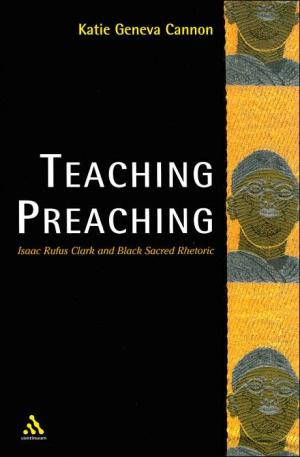
In Teaching Preaching, Katie Cannon, one of Clark's myriad preaching proteges, conceives her role as purely "presentational": "to bring Clark face to face with a reading audience, allow him to explain the formal elements of preaching from the inside out, and let each lecture mediate its own message." She also allows Clark to speak in his own expressive vernacular, with its double negatives, deliberate redundancy, signifying wordplay, and colloquially coined cussedness. While Clark lucidly explicates all the elements of sermon preparation and delivery, he never tires of stressing the development of a "theoethical consciousness": "a transformative vision that focuses on Jesus as the chief cornerstone of the preaching person as well as of the preaching subject." This book will be an invaluable resource for ministers who struggle from Sunday to Sunday to find their ethical voice in the preparation of each and every sermon. (From the Publisher)
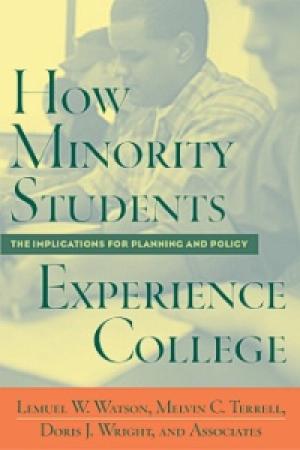
Have three decades of integration and multicultural initiatives in higher education delivered a better education to all students? Are majority and minority students reaping similar benefits, specifically in predominantly white colleges? Do we know what a multicultural campus should look like, and how to design one that is welcoming to all students and promotes a learning environment? Through a unique qualitative study involving seven colleges and universities considered national models of commitment to diversity, this book presents the views and voices of minority students on what has been achieved and what remains to be done. The direct quotations that form the core of this book give voice to Black, Hispanic, Asian, Native American and bi-racial students. They offer in their own words their perceptions of their campus cultures and practices, the tensions they encounter and what works for them. Rather than elaborating or recommending specific models or solutions, this book aims to provide insights that will enable the reader better to understand and articulate the issues that need to be addressed to achieve a well-adapted multicultural campus. Presidents, academic affairs professionals, student affairs personnel and faculty concerned with equity and diversity will find this book helpful and enlightening. (From the Publisher)
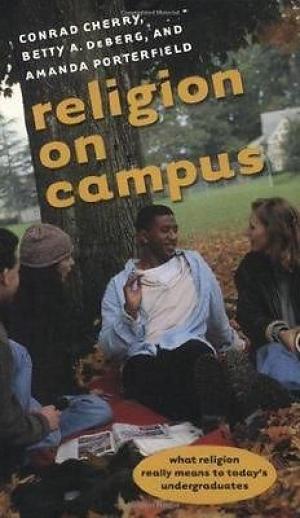
The first intensive, close-up investigation of the practice and teaching of religion at American colleges and universities, Religion on Campus is an indispensable resource for all who want to understand what religion really means to today's undergraduates. To explore firsthand how college students understand, practice, and learn about religion, the authors visited four very different U.S. campuses: a Roman Catholic university in the East, a state university in the West, a historically black university in the South, and a Lutheran liberal arts college in the North. They interviewed students, faculty members, and administrators; attended classes; participated in worship services; observed prayer and Bible study groups; and surveyed the general ethos of each campus. The resulting study makes fascinating and important reading for anyone--including students, parents, teachers, administrators, clergy, and scholars--concerned with the future of young Americans. Challenging theories of the secularization of higher education and the decline of religion on campus, this book reveals that both the practice and the study of religion are thriving, nourished by a campus culture of diversity, tolerance, and choice.(From the Publisher)
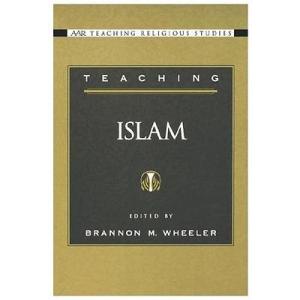
AAR Teaching Religious Studies Series (Oxford University Press) Despite the importance of Islam in global affairs and the role of Islamic Studies in Religious Studies, little attention has been given to the basic questions of how Islam should be taught. This volume brings together a number of leading scholars of Islamic Studies with rich experience in teaching Islam in a diversity of undergraduate settings, from large public universities to small private colleges. Topics addressed include Islamic law, the Quran, Sufism, women in Islam, Islam in America, and teaching about Islam through Arabic literature and the use of new information technology. Along with providing practical information about structuring courses and assignments, the contributors examine the place of Islamic Studies in the larger theoretical framework of Religious Studies and liberal arts curricula. (From the Publisher)